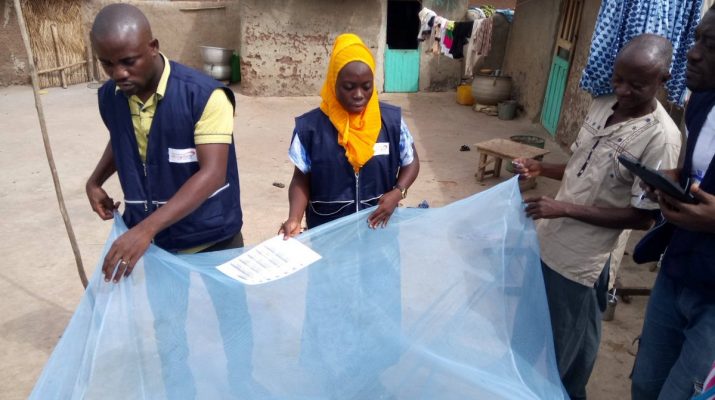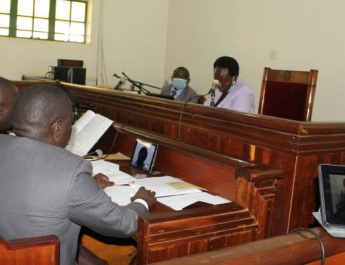Indoor residual spraying exercise has kicked off in eight high-burden malaria districts in Lango and Teso regions. The spraying is funded by the U.S. government’s President’s Malaria Initiative funded programme through its VectorLink Project, with the United States Agency for International Development as the lead organisation and implemented with the U.S. Centers for Disease Control and Prevention in partnership with the Ugandan Ministry of Health.
A press release from the US Embassy in Kampala says phase two of spraying is expected to last 24 days and will include the districts of Otuke, Alebtong, Lira, Dokolo, Kaberamaido, Kalaki, Amolatar, and Serere. This second phase of spraying follows a March spraying completed by the VectorLink Project in Butebo, Pallisa, Kibuku, Budaka, Butaleja, Namutumba, Bugiri, and Tororo.
“Indoor Residual Spraying has contributed to a significant decrease in malaria prevalence in children under the age of five, lower malaria prevalence during pregnancy and at delivery, improved birth outcomes, and a reduced risk of low birth weight, pre-term birth, and fetal/neonatal deaths,” the statement says.
The statement adds that with U.S. government support through PMI, more than four million Ugandans are protected from malaria every year through indoor residual spraying, 862,536 are children under five years old and more than 119,000 are pregnant women.
“The project will take all appropriate infection prevention and control measures to protect both the spray operators and the beneficiaries,” the release says.
The press release says since 2006, the U.S. government has worked to prevent and control malaria in Uganda through PMI, helping to reduce child mortality by 53 percent and lowering malaria prevalence among children under five from 42 percent in 2009 to nine percent in 2019 according to the 2019 Uganda Malaria Indicator Survey.
In spite of this significant progress, malaria remains a leading cause of morbidity and mortality in Uganda, accounting for 30 to 50 percent of outpatient visits and 15 to 20 percent of hospital admissions, according to Ministry of Health reports.
“Ongoing efforts are needed at all levels – individual, household, community, and national – to prevent transmission and ensure rapid diagnosis and treatment in order to control the disease,” the statement says.
“We encourage everyone in Uganda to utilize the protective measures available, such as insecticide treated bed-nets and intermittent prevention of malaria in pregnancy (IPTp) to prevent the spread of malaria. We all need to work together to embrace preventive measures including IRS in order to reduce the burden of malaria on Uganda’s health systems during a time when it is overburdened with maintaining routine health services during the ongoing COVID-19 pandemic,” the statement adds.

The News Editor ,Reporter at Kagadi Kibaale community Radio




